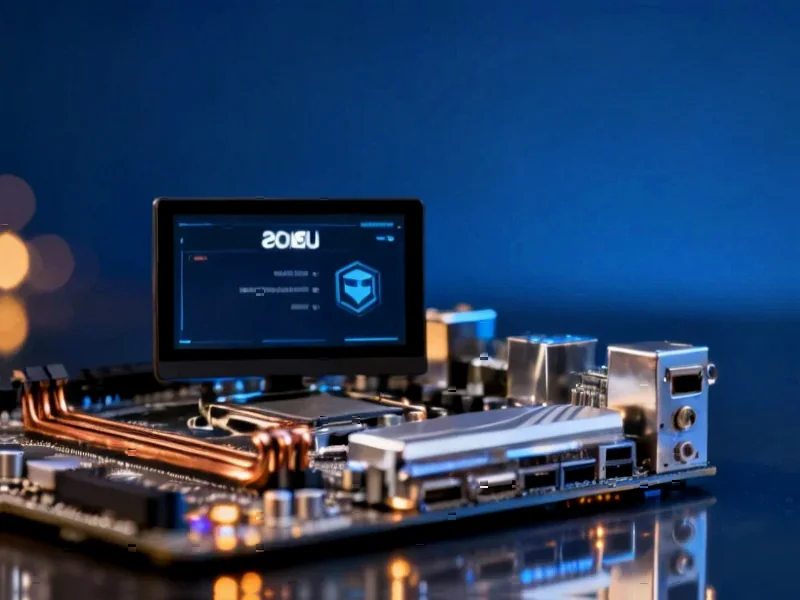According to GSM Arena, the Realme GT8 Pro is launching an exclusive Aston Martin F1 Limited Edition model in China on November 10, 2023. This special edition features a turquoise-colored body with the signature Aston Martin wings emblem and Aramco F1 team badge on the back, along with an aramid fiber pattern on the camera island and neon yellow accents. The limited edition will likely include an exclusive box with Aston Martin F1-themed accessories, marking the second collaboration between Realme and Aston Martin following last year’s GT7 Dream Edition. The standard GT8 Pro is already available in China and will reach global markets later this month. This high-profile partnership signals Realme’s continued push into the premium segment.
The Premium Playbook
Realme’s partnership with Aston Martin F1 represents more than just another smartphone launch—it’s a calculated brand elevation strategy. For a company that built its reputation on delivering exceptional value in the mid-range segment, collaborations with luxury automotive brands serve to fundamentally reshape consumer perception. The psychology behind such partnerships is well-established in consumer electronics: by associating with high-end automotive brands, smartphone manufacturers can borrow the prestige, performance credentials, and aspirational qualities that car brands have cultivated over decades. What’s particularly interesting is Realme’s choice of the F1 team rather than the road car division, which suggests they’re emphasizing performance and technological excellence over pure luxury appeal.
Beyond Aesthetics: The Substance Behind the Style
The use of aramid fiber in the camera island isn’t merely decorative—it’s a material choice with significant engineering implications. Aramid fibers, best known for their use in bulletproof vests and aerospace applications, offer an exceptional strength-to-weight ratio and thermal stability that could provide genuine benefits in smartphone construction. Unlike typical plastic or glass backs, aramid fiber composites can dissipate heat more effectively, potentially aiding in thermal management during intensive gaming or prolonged camera use. The material’s natural vibration damping properties might also contribute to improved optical image stabilization performance. According to the company’s launch event page, these design elements are central to the limited edition’s appeal, suggesting Realme is investing in materials that offer both aesthetic and functional advantages.
The Limited Edition Conundrum
Limited edition smartphones present a fascinating business case—they generate tremendous marketing buzz and social media engagement while representing minimal sales volume. The real value lies in the halo effect these exclusive models create for the entire product line. When consumers see a brand collaborating with names like Aston Martin, they subconsciously elevate their perception of all products from that manufacturer. This strategy has proven effective for competitors like OnePlus with its McLaren editions and Oppo with its Lamborghini partnerships. However, the challenge for Realme will be maintaining this premium positioning while continuing to serve its core value-conscious customer base. Striking this balance requires careful brand management to avoid alienating existing customers while attracting new, higher-spending demographics.
The Performance Promise
While the source material focuses on design elements, the F1 branding carries implicit performance expectations that the GT8 Pro must deliver. Racing partnerships typically signal that a device offers exceptional speed, responsiveness, and thermal management—all critical factors for gaming and productivity. The neon yellow accents and aggressive styling suggest Realme is targeting the gaming community, where performance metrics are scrutinized intensely. To justify the F1 association, the device likely needs to demonstrate best-in-class processing speeds, minimal thermal throttling, and optimized software that maximizes hardware capabilities. The success of such collaborations ultimately depends on whether the product delivers performance that matches the racing-inspired aesthetics.
Racing Toward What Future?
This collaboration represents Realme’s ongoing effort to diversify beyond its budget-focused roots and compete more directly with established premium brands. The timing is strategic—as the global smartphone market faces saturation, manufacturers are increasingly turning to brand partnerships and exclusive editions to differentiate their offerings and command higher margins. If successful, we can expect to see more automotive and luxury brand collaborations across Realme’s product portfolio, potentially including wearables and other IoT devices. The real test will be whether these limited editions translate into sustained brand equity that supports premium pricing across their entire lineup, or whether they remain marketing exercises with limited long-term impact on consumer perception.




